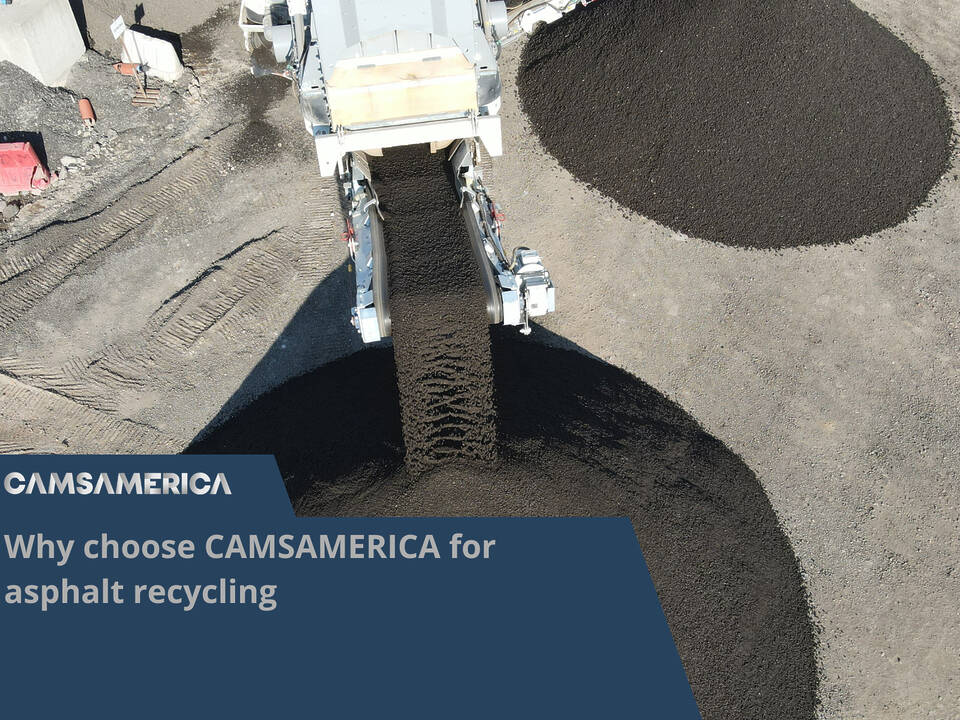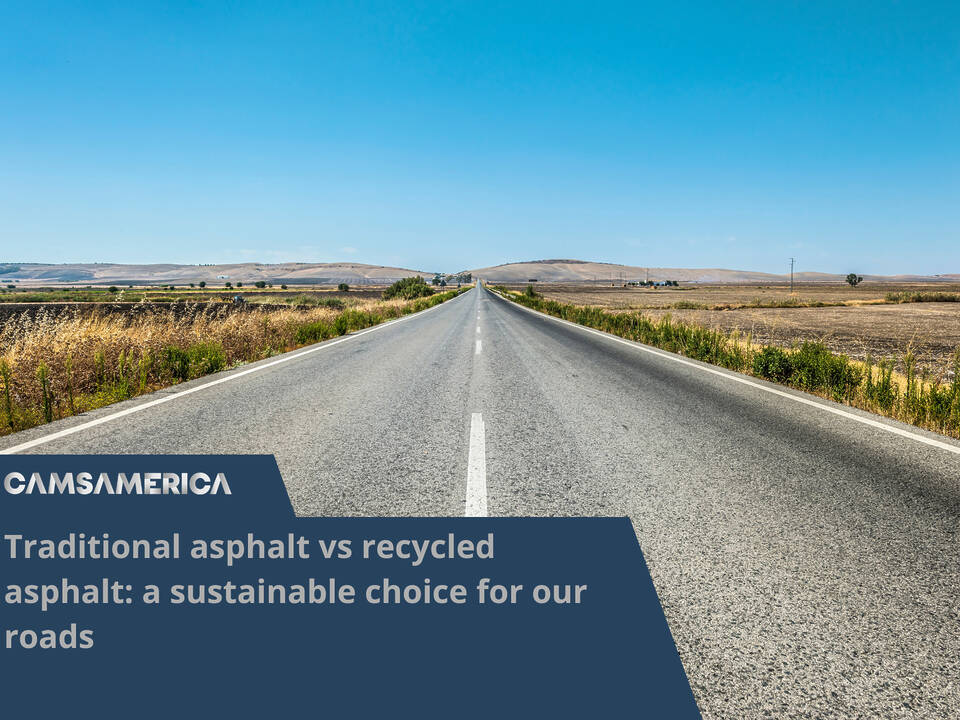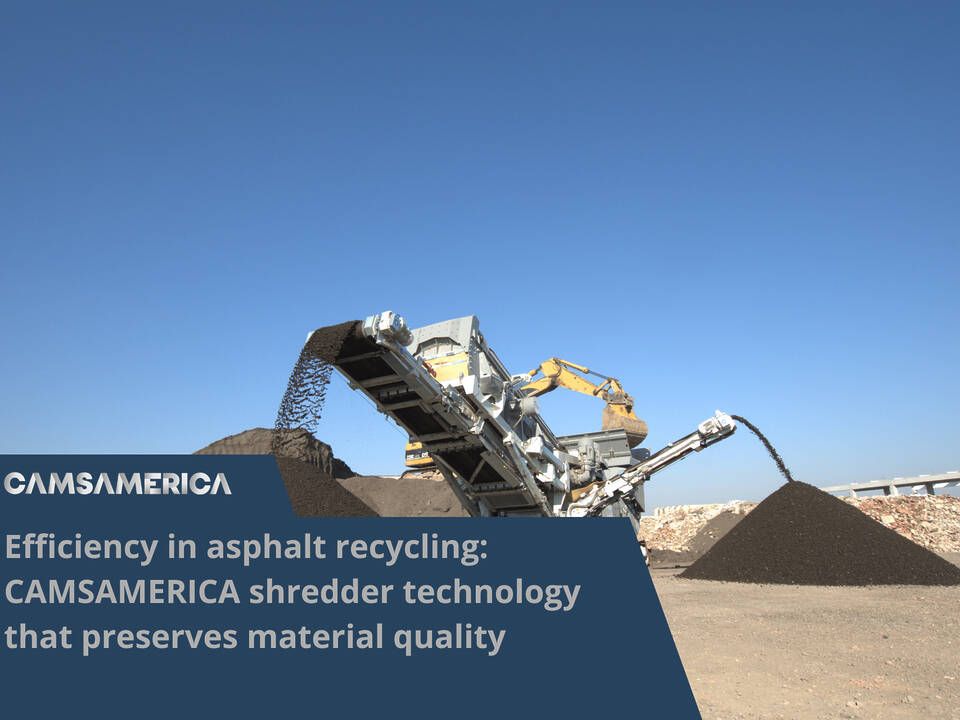The asphalt life cycle is a complex process that involves several stages, from initial production to its demolition and, ideally, to its recycling for the generation of new road surfaces. In this article we will examine the path of asphalt through the various stages of its life cycle, focusing on the importance of its recycling to promote a sustainable reconstruction of our roads.
Phase 1: Mix design
Asphalt mix design is crucial to determine its durability and resistance to wear and weathering. This step includes defining the structural and functional requirements of the asphalt pavement according to the specific conditions of the site, such as soil type, traffic load and climate.
The perfect mix design can greatly contribute to extending the durability of asphalt and reducing the need for future work.
Phase 2: production
The asphalt production process begins with the extraction of the necessary raw materials. These include bitumen (an oil refinement product) and mineral aggregates such as sand, gravel and crushed stone. Crude bitumen is sent to a refinery where it undergoes refining processes to remove impurities and improve its characteristics. Refined bitumen is therefore ready for use in asphalt production.
Mineral aggregates are selected, mixed and added to refined bitumen. Depending on the case and the type of production, special additives are added to improve the properties of the asphalt, such as weather resistance or durability.
Phase 3: paving
During this phase it is important to consider traffic management and sustainable construction practices to reduce environmental impact. Asphalt is exposed to extreme conditions, including heavy traffic, weather exposure and natural deterioration. Regular maintenance can help extend the life of asphalt and reduce long-term costs.
Phase 4: maintenance

Maintenance and conservation of the road surface is crucial for the asphalt life cycle. Regular maintenance activities, such as repairing cracks and applying sealants, can delay asphalt deterioration. However, at some point in the life cycle, maintenance will not be sufficient and the asphalt pavement will require more significant intervention, such as a structural overlap or the remaking of the surface
Phase 5: sustainable dismantling
Responsible demolition techniques, which aim to preserve the quality of existing materials and minimize waste, are essential for sustainable asphalt management.
Phase 6: recycling
One of the pillars of sustainable road surface reconstruction is asphalt recycling and bitumen recycling. Asphalt is entirely recyclable, which means that old materials can be transformed into new ones.
In the production phase of the acronym RAP of “Reclaimed asphalt pavement“, Recycled asphalt is mixed with bindersFreschi to create a new flooring. This phase offers the opportunity to adopt sustainable production practices such as the use of energy-efficient technologies and the search for more environmentally friendly binders that can help reduce the environmental impact of asphalt production.
The importance of sustainable management
The life cycle of asphalt, from demolition to sustainable reconstruction, is a complex process with a significant impact on the environment and resources. Responsible management of every step of this cycle is essential to reduce waste, conserve resources and reduce overall environmental impact.
Asphalt, when sustainably managed, can continue to support our infrastructure in an efficient and environmentally friendly way, contributing to the construction of a greener future and sustainable.





